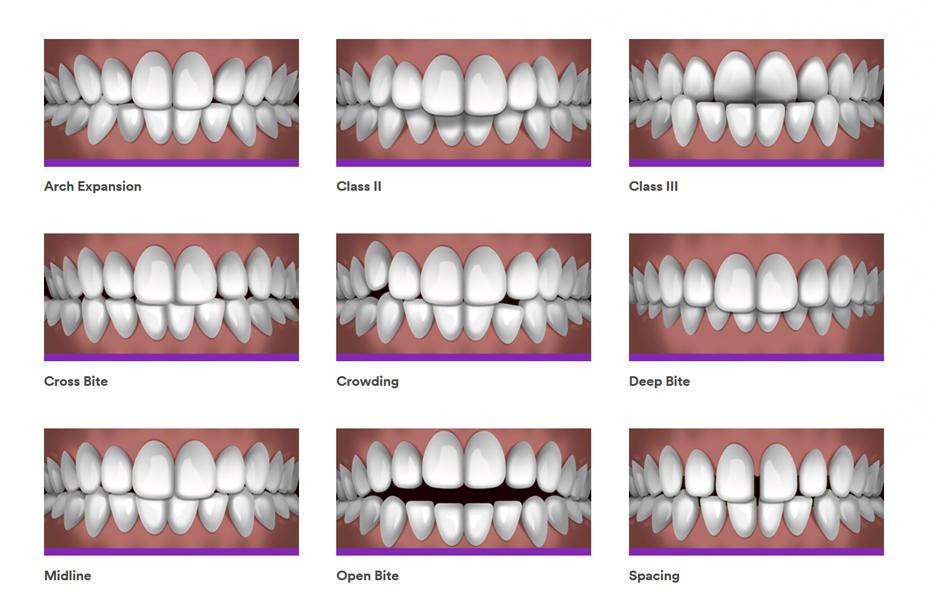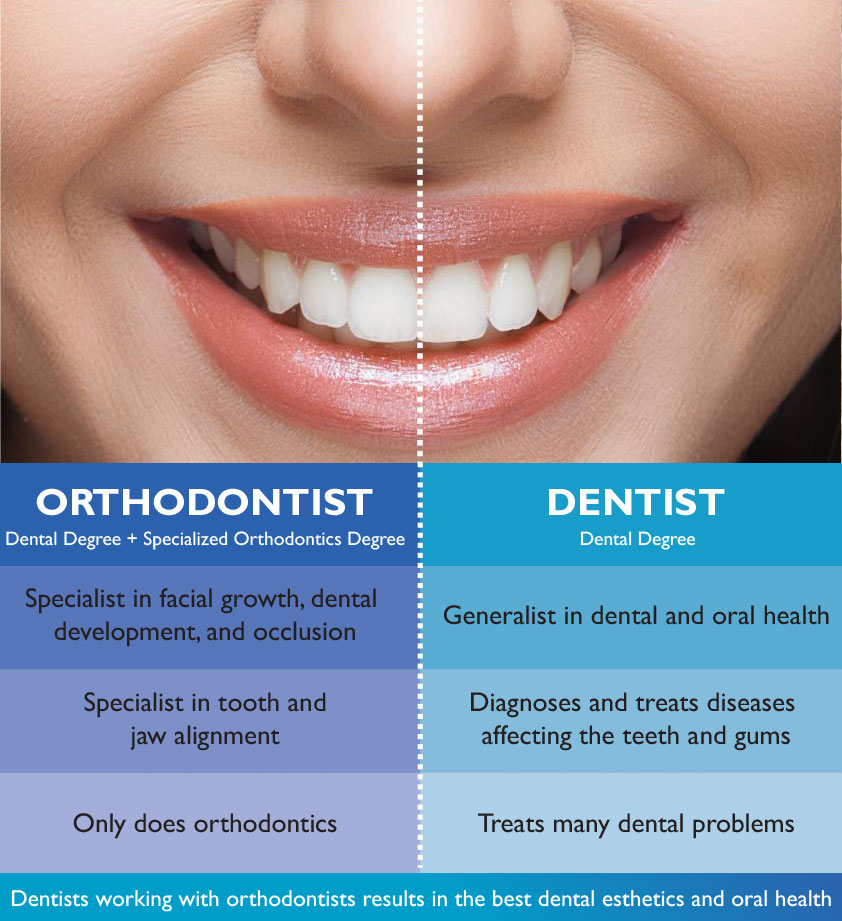The Definitive Guide to Causey Orthodontics
Getting My Causey Orthodontics To Work
Table of ContentsCausey Orthodontics - Truths8 Simple Techniques For Causey OrthodonticsHow Causey Orthodontics can Save You Time, Stress, and Money.The Facts About Causey Orthodontics RevealedExcitement About Causey Orthodontics
Overlooking occlusal relationships, it was regular to get rid of teeth for a variety of dental problems, such as malalignment or overcrowding. The concept of an intact teeth was not widely appreciated in those days, making bite relationships seem irrelevant. In the late 1800s, the principle of occlusion was important for producing trustworthy prosthetic substitute teeth.As these concepts of prosthetic occlusion proceeded, it ended up being an indispensable device for dentistry. It remained in 1890 that the work and influence of Dr. Edwards H. Angle began to be felt, with his payment to modern orthodontics specifically notable. Focused on prosthodontics, he instructed in Pennsylvania and Minnesota before directing his interest in the direction of dental occlusion and the therapies needed to maintain it as a normal condition, hence ending up being known as the "papa of contemporary orthodontics".

The principle of perfect occlusion, as proposed by Angle and integrated into a classification system, made it possible for a change towards dealing with malocclusion, which is any kind of discrepancy from normal occlusion. Having a full collection of teeth on both arches was very looked for after in orthodontic treatment as a result of the need for exact relationships between them.
Causey Orthodontics for Dummies
As occlusion became the key concern, facial percentages and looks were neglected - orthodontist services. To achieve ideal occlusals without utilizing outside forces, Angle postulated that having perfect occlusion was the finest means to acquire optimal face appearances. With the passing of time, it ended up being fairly apparent that also an exceptional occlusion was not suitable when taken into consideration from a visual perspective
It came to be evident that orthodontic treatment might adjust mandibular growth, leading to the formation of useful jaw orthopedics in Europe and extraoral force measures in the United States. Nowadays, both functional devices and extraoral devices are used around the world with the purpose of amending growth patterns and types. Going after true, or at the very least improved, jaw connections had actually come to be the major purpose of treatment by the mid-20th century.
The Greatest Guide To Causey Orthodontics
 The American Journal of Orthodontics was created for this objective in 1915; before it, there were no scientific purposes to adhere to, neither any specific classification system and brackets that did not have features. Until the mid-1970s, braces were made by wrapping steel around each tooth. With developments in adhesives, it became possible to rather bond metal brackets to the teeth.
The American Journal of Orthodontics was created for this objective in 1915; before it, there were no scientific purposes to adhere to, neither any specific classification system and brackets that did not have features. Until the mid-1970s, braces were made by wrapping steel around each tooth. With developments in adhesives, it became possible to rather bond metal brackets to the teeth.This has actually had purposeful effects on orthodontic therapies that are carried out regularly, and these are: 1. Right interarchal partnerships 2. Proper crown angulation (idea) 3.
The benefit of the layout exists in its brace and archwire combination, which requires only very little cable bending from the orthodontist or medical professional (best orthodontist near me). It's aptly named hereafter function: the angle of the port and density of the brace base eventually establish where each tooth is situated with little demand for added control
Causey Orthodontics for Dummies
Both of these systems utilized similar brackets for each and every tooth and required the bending of an archwire in three aircrafts for situating teeth in their desired placements, with these bends determining ultimate placements. When it concerns orthodontic home appliances, they are split into two types: detachable and repaired. Detachable appliances can be handled and off by the client as called for.

Hence, nearly all contemporary set devices can be thought about variations on this edgewise home appliance system. Early 20th-century orthodontist Edward Angle made a significant payment to the world of dental care. He developed four unique appliance systems that have actually been made use of as the basis for several orthodontic therapies today, preventing a few exemptions.
The Of Causey Orthodontics

The wire finished in a string, and to relocate it forward, an adjustable nut was used, which permitted a rise in circumference. By ligation, each individual tooth was affixed to this large archwire (family orthodontics). As a result of its minimal variety of movement, Angle was unable to accomplish accurate tooth positioning with an E-arch
These tubes held a firm pin, which can be repositioned at each consultation in order to move them in location. Dubbed the "bone-growing home appliance", this gizmo was supposed to urge healthier bone development due to its capacity for moving pressure straight to the roots. Applying it proved bothersome in reality.